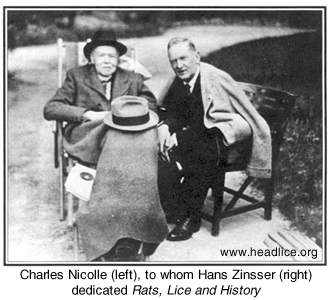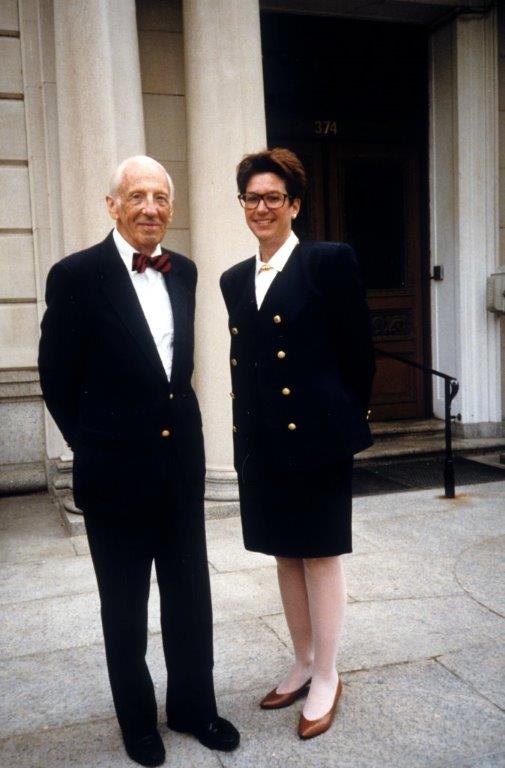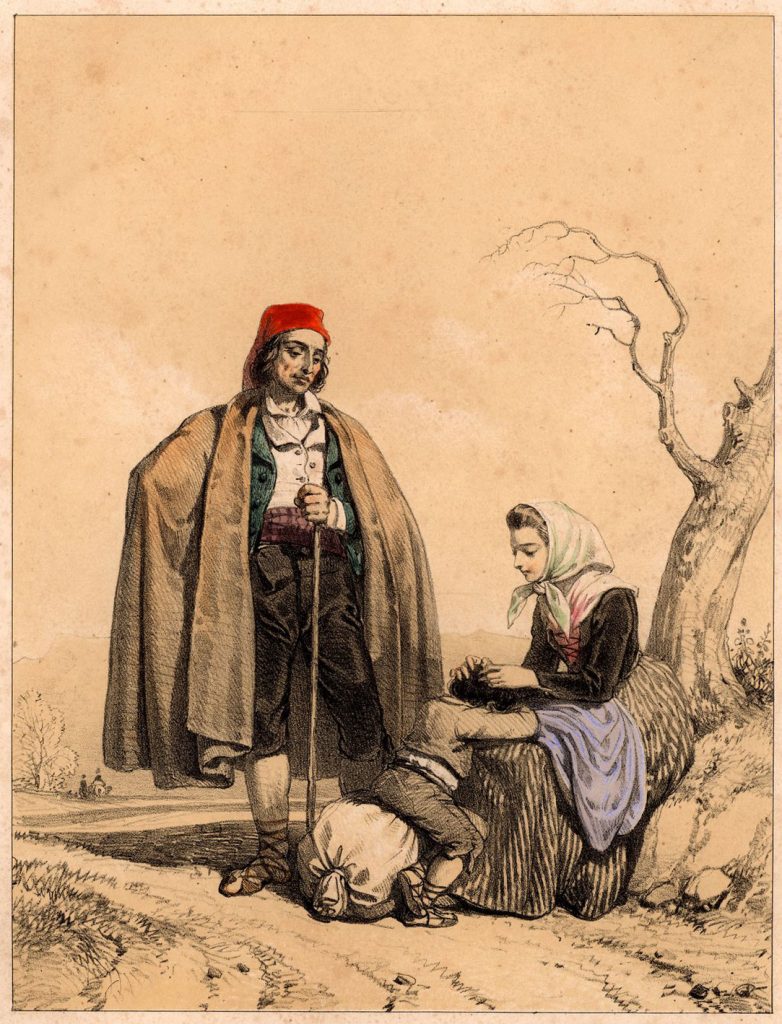Human Head Lice and Their Ability to Transmit Disease: Bridging the Scientific History
May 20, 2020.
www.headlice.org
Deborah Z. Altschuler
In the early 1900s, the French physician, bacteriologist, and Nobel Prize winner Dr. Charles Nicolle (1866-1936, Figure 1) engaged in scientific research on louse-borne epidemic typhus, which was prevalent in Europe and North Africa. Dr. Nicolle documented the ability of both the human body louse and the human head louse, Pediculus humanus, to transmit typhus. Scientific researchers Anderson, Goldberger, Murray, and Snyder, among others (https://www.headlice.org/comb/zinsser-project/zinsser-lice-and-history/) identified the head louse as a vector of the disease. Yet recent journal articles appear inconclusive on the capability of head lice to transmit disease, overlooking the conclusions of the early scientific trailblazers.
From the National Pediculosis Association (NPA)’s inception, I have been interested in the treatment of children with pediculosis and the communicability of head lice with concern about their ability to transmit disease. This interest grew during the 1980s, in the early days of both our organization and the acquired immune deficiency syndrome (AIDS) epidemic. Thankfully, insects were ruled out as a factor in the transmission of AIDS (https://www.headlice.org/news/research/afpmb/altschuler%20and%20kenney%201986.pdf). In 1985, my attention to the question of head lice and disease led me to Rats, Lice and History: The Biography of a Bacillus, written by Harvard Medical School physician and researcher Dr. Hans Zinsser (1878-1940) in 1935, and dedicated “in an affectionate friendship to Charles Nicolle, scientist, novelist, and philosopher.”
Nicolle’s report, published in the Annales de l’Institut Pasteur in 1909, scientifically identified body lice as the vector of “Typhus exanthématique,” first discovered through his observation of hospital typhus patients who were unkempt, and louse infested. Body lice were the most prevalent of human lice at that time. In a subsequent report in 1920, Nicolle indicated that children play an important role in the etiology of typhus, since in them the disease is generally mild or inapparent, and that “head lice are also a vector for Typhus exanthèmatique just as body lice.” Patrick Buxton, in his standard study, The Louse (1939), reaffirmed this claim, noting, “While most experimental work on typhus has used body lice, it is known that head lice are capable of acquiring the infection and transmitting it.” According to John C. Snyder (1965), “Classic epidemic typhus is a disease which occurs as a natural infection of man, the human body louse, Pediculus humanus corporis, and the human head louse, Pediculus humanus capitis.”

The research for the history of human head lice and their ability to transmit disease provided me the opportunity to meet scientists who were students or colleagues of Dr. Zinsser (Altschuler 1990). One of these was Dr. Morris F. Shaffer (Figure 2), a researcher, scholar, and editor of scientific journals who had worked in Dr. Zinsser’s laboratory at the Harvard Medical School’s Department of Bacteriology and Immunology in the 1930s.
Dr. Morris F. Shaffer (1910-1993) was a former Professor Emeritus at Tulane and a noted microbiologist. He was a Rhodes Scholar, receiving two doctorate degrees from Oxford University in England. He taught and did research at Harvard University and The Squibb Institute before moving to Tulane University in 1943 where he was chairman of the Microbiology Department for 30 years. In 1973, he became the first Dean of the College of Medicine and Dentistry Graduate School of New Jersey. He returned to Tulane in 1977 as Professor Emeritus and Director of the Office of Research at the Louisiana State University School of Medicine. Shaffer received grants from the United States Government and from private agencies for his research on human pathogens and disease-causing organisms.

In 1989, I contacted Dr. Shaffer with a request for him to translate, review, and interpret published material by Dr. Zinsser, Dr. Nicolle, and other contemporaneous scientists regarding their views on the role of head lice in the transmission of louse-borne epidemic typhus, as well as to provide his assessments of their conclusions. Dr. Shaffer’s interpretations were provided in handwritten letters (February letter from Shaffer; March letter from Shaffer; Shaffer on Nicolle and Head Lice vectors), for which there was a typed summary (https://www.headlice.org/comb/wp-content/uploads/2020/04/ShafferReview4.pdf).
From his review, it was Dr. Shaffer’s understanding that Dr. Zinsser (Figure 3) had concurred with Dr. Nicolle’s view. Dr. Shaffer concluded: “The published evidence points to the undesirability of head lice as an associate in man’s immediate environment, particularly if conditions were to favor proliferation and dissemination of the insect among populations including individuals who might be rickettsemic.”
With a mention of the scientific research of Goldberger and Anderson (1912) as well as Murray and Torrey (1975), Robinson et al. (2003) address this issue in an article entitled, “Potential role of head lice, Pediculus humanus capitis, as vectors of Rickettsia prowazekii” and frame their findings as inconclusive, stating that, “There is insufficient evidence to decide whether head lice: (1) transmit R. prowazekii in the field; or (2) have an important role in epidemics of louse borne epidemic typhus. Certainly, head lice have the potential to be vectors of R. prowazekii in the field.”

Numerous authors from organizations such as the World Health Organization (1997), the Entomological Society of America (2014), the National Association of School Nurses (2017), the Centers for Disease Control and Prevention (2019) and DeVore et al. (2015), state that the human head louse does not transmit diseases. However, in “Where Are We with Human Lice? A Review of the Current State of Knowledge”, Amanzougaghene et al. (2020) conclude, in reference to the protobacterium, Bartonella quintana, which causes the disease trench fever: “These findings, together with the absence of body lice from this area for more than 30 years, strongly implicate head lice as the principal acting in maintaining the cycle of transmission of B. quintana among the population concerned.”
Even setting aside the relationship of head lice to B. quintana and considering the early scientific research on typhus transmission only, it has been scientifically concluded that head lice can vector disease. The Armed Forces Pest Management Board reviewed the literature on this question and agreed (Figure 4).
Figure 4. Letter from Department of Defense Armed Forces Pest Management Board addressing the matter of the human head louse’s capability of transmitting disease: https://www.headlice.org/news/classics/military.htm.
Present-day resources assure that head lice do not carry disease and are not a medical problem. Amanzougaghene, et al.’s (2020) detailed report on “the current state of knowledge” does not support this assumption yet leaves the question of head lice and disease open. However, Dr. Shaffer’s review of the early scientific literature on this issue underscored the risk and undesirability of harboring human head lice.
His conclusion is of both historical significance and public health relevance today. Pediculosis is a common communicable childhood disease without a rational public health standard of control. This situation, a probable consequence of unfounded assurances that head lice are non-threatening, is ill considered.
In the interest of the children for whom the NPA advocates, it would be prudent to take into account the findings of the early scientific bench workers. Only then will policymakers come to recognize the imperative for a national public health standard that embodies a precautionary approach to managing pediculosis.

Literature Cited (Links last accessed May 14, 2020)
Altschuler, D. Z. 1990. Zinsser, Lice and History. Lice & Disease. Progress, The Newsletter of the National Pediculosis Association., https://www.headlice.org/comb/zinsser-project/zinsser-lice-and-history/
Amanzougaghene, N., F. Fenollar, D. Raoult, and O. Mediannikov. 2020. Where are we with human lice? A review of the current state of knowledge. Frontiers in Cellular and Infection Microbiology 16 pp., https://www.frontiersin.org/articles/10.3389/fcimb.2019.00474/full
Anonymous. 1997. Lice. In, Vector Control – Methods for Use by Individuals and Communities. World Health Organization, https://www.who.int/docstore/water_sanitation_health/vectcontrol/ch25.htm [“Only the body louse is a vector of human diseases. It transmits typhus fever, relapsing fever and trench fever.”]
http://www.usgwarchives.net/la/lafiles.htm Anonymous 2005. 002842 Shaffer. S Obituaries Orleans Parish Louisiana. Submitted by N.O.V.A.(New Orleans Volunteer Association). http://files.usgwarchives.net/la/orleans/obits/1/s-10.txt http://www.usgwarchives.net/copyright.htm
Anonymous. 2014 (January 11). Why do body lice spread disease, while head lice do not? Entomology Today
https://entomologytoday.org/2014/01/11/why-do-body-lice-spread-disease-while-head-lice-do-not/ [“Why do Body Lice Spread Disease, While Head Lice do not?”].
Anonymous. 2017. Head Lice 101. What You Should Know About Head Lice (National Association of School Nurses in collaboration with Arbor Pharmaceuticals,LLC) https://schoolnursenet.nasn.org/HigherLogic/System/DownloadDocumentFile.ashx?DocumentFileKey=6a1638d6-c24d-e100-b2cd-9ae5511dd675&forceDialog=0
[“Head lice are not dangerous, and they do not transmit disease.1”. This organization references CDC for their statement.]Anonymous. 2019 (September 11). Disease (Centers for Disease Control and Prevention) https://www.cdc.gov/parasites/lice/head/disease.html [“Head lice are not known to transmit any disease and therefore are not considered a health hazard.”].
Buxton, P. A. 1939. The Louse: An Account of the Lice Which Infest Man, Their Medical Importance, and Control. Edward Arnold & Co. London, England, UK. 164 pp.
DeVore, C., G. E. Schutze, and The Council on School Health and Committee on Infectious Diseases. 2015. Head Lice. Pediatrics (American Academy of Pediatrics) 135 (5): e1355-e1365. https://pediatrics.aappublications.org/content/135/5/e135 [“It is important to note that head lice are not a health hazard or a sign of poor hygiene and are not responsible for the spread of any disease. Despite this knowledge, there is significant stigma resulting from head lice infestations in many developed countries, resulting in children being ostracized from their schools, friends, and other social events.2,3”].
Durden L. A, and G. G. Muser. 1994. The sucking lice (Insecta, Anoplura) of the World: A taxonomic checklist with records of mammalian hosts and geographical distributions. Bulletin of the American Museum of Natural History 218. 90 pp. http://hdl.handle.net/2246/825 , http://digitallibrary.amnh.org/handle/2246/825
Goldberger, J. and J. F. Anderson. 1912. The transmission of typhus fever, with especial reference to transmission by the head louse (Pediculus capitis). Public Health Reports 27(9):297-307. https://doi.org/10.2307/4567527
Iqbal, M. M. 1999 (August). Can we get AIDS from mosquito bites? Journal of the Louisiana State Medical Society 151(8):429-433. https://www.ncbi.nlm.nih.gov/pubmed/10554479
Murray, E. S. and S. B. Torrey. 1975. Virulence of Rickettsia prowazekii for head lice. Annals of the New York. Academy of Sciences 266(1):25-34. http://www.headlice.org/news/research/afpmb/murray%20and%20torrey%201975.pdf.
Nicolle, C. M. 1909. Recherches expérimentales sur le Typhus exanthématique. Annales de L’Institute Pasteur 24:243-275.
Nicolle, C. M. 1920 (30 Janvier 1920). Etat de nos connaissances expérimentales sur le Typhus Exanthématique (Expose des méthodes suivies et des problèmes qui restent à résourde). Bulletin de Institut Pasteur Dix-Huitieme Annee. XVIII (2) page-272.
Robinson, D., N. Leo, P. Prociv, and S. C. Barker. 2003. Potential role of head lice, Pediculus humanus capitis, as vectors of Rickettsia prowazekii. Parasitology Research 90(3):209-211. https://doi.org/10.1007/s00436-003-0842-5 , https://www.ncbi.nlm.nih.gov/pubmed/12783309
Snyder, J. C. 1965. Typhus Fever Ricketssiae. pp. 1,059-1,094. In, Horsfall Jr. and F. L., I. Tamm. Viral and Rickettsial Infections of Man. Fourth Edition. J. B. Lippincott. Philadelphia, Pennsylvania, USA. 1,282 pp. https://www.worldcat.org/title/viral-and-rickettsial-infections-of-man/oclc/398816.
Zinsser, H. 1935. Rats, Lice and History. Little, Brown, and Company Boston, Massachusetts, USA. 301 pp.
Key Words: Human head louse, human head pediculosis, Pediculus humanus capitis, Phthiraptera, Pediculidae, louse-borne epidemic typhus, Charles Nicolle, Hans Zinsser, Morris Shaffer, John C. Snyder, history of science
___________________________________
Deborah Altschuler is President and Cofounder of the National Pediculosis Association®(NPA), https://www.headlice.org/comb/about-the-national-pediculosis-association/ The NPA is a non-profit organization, established in 1983.

